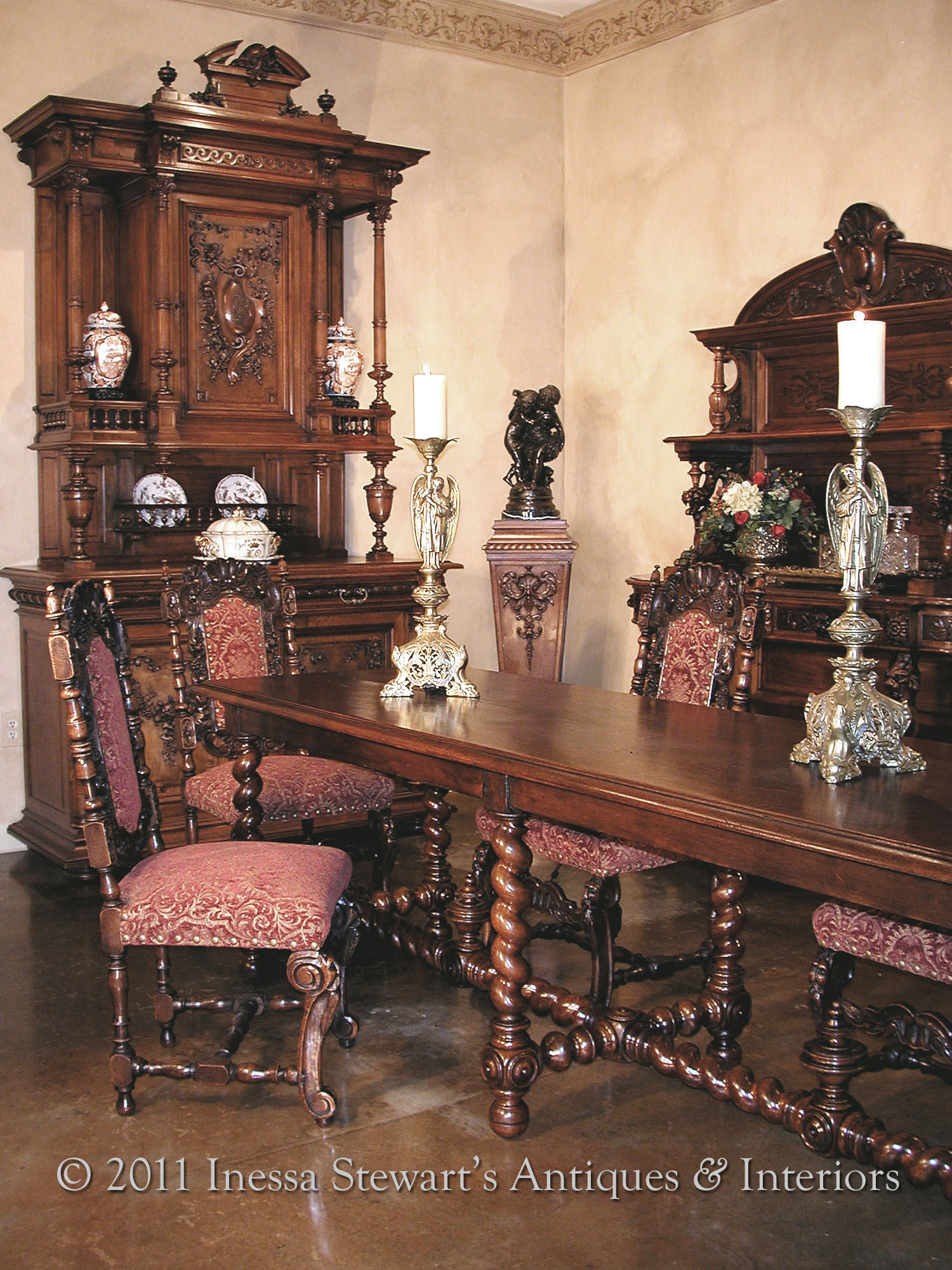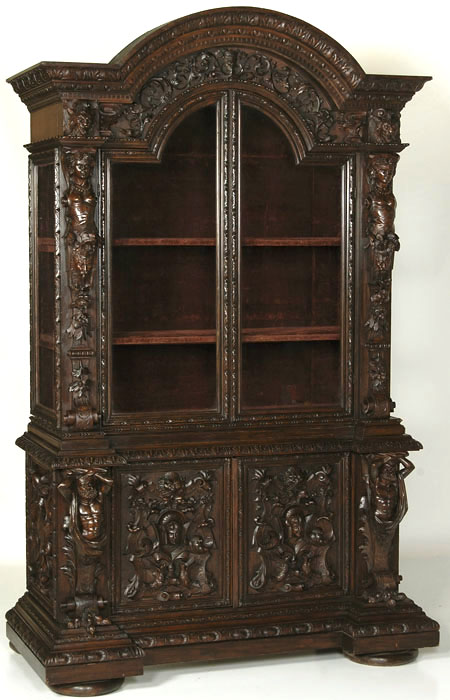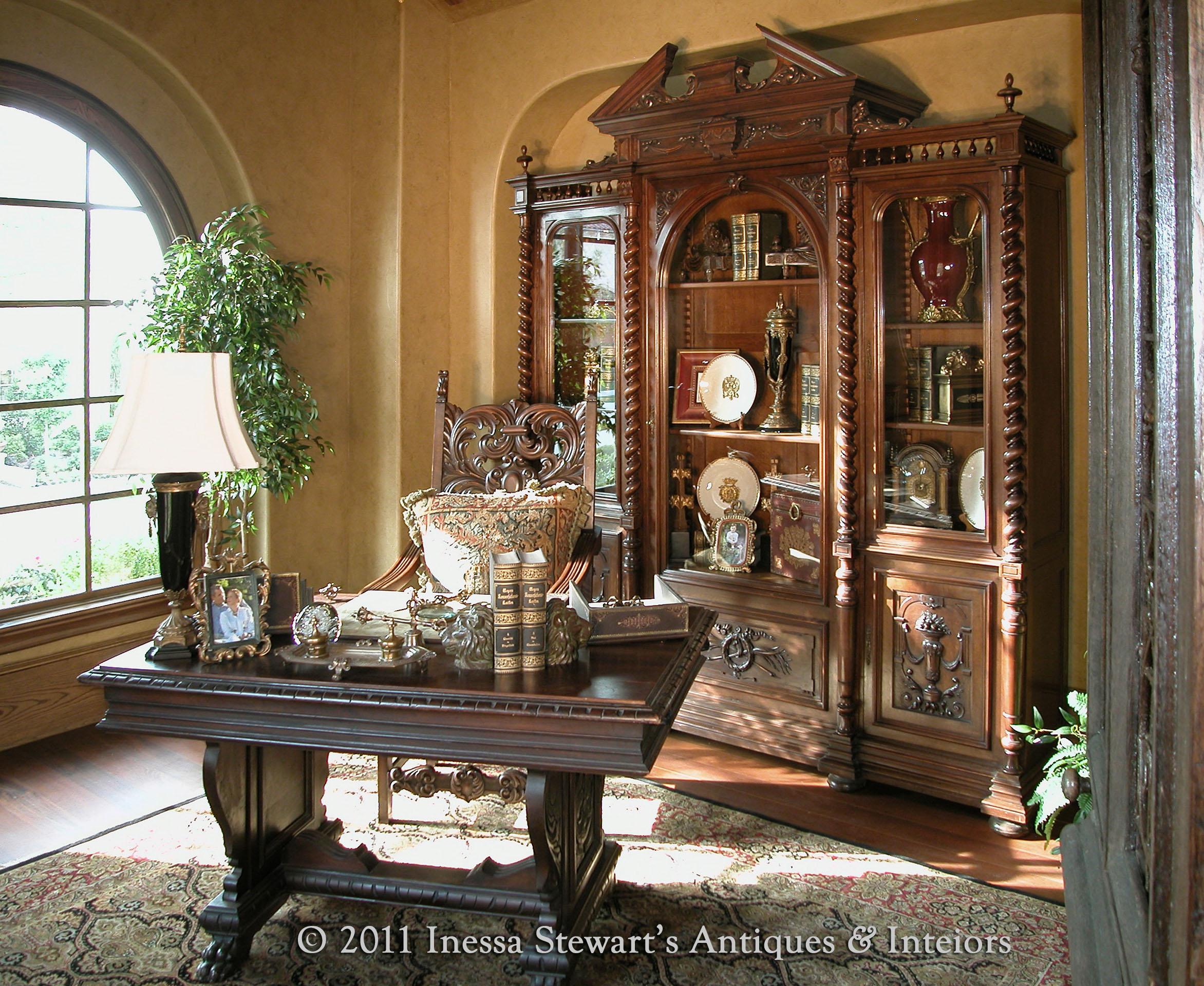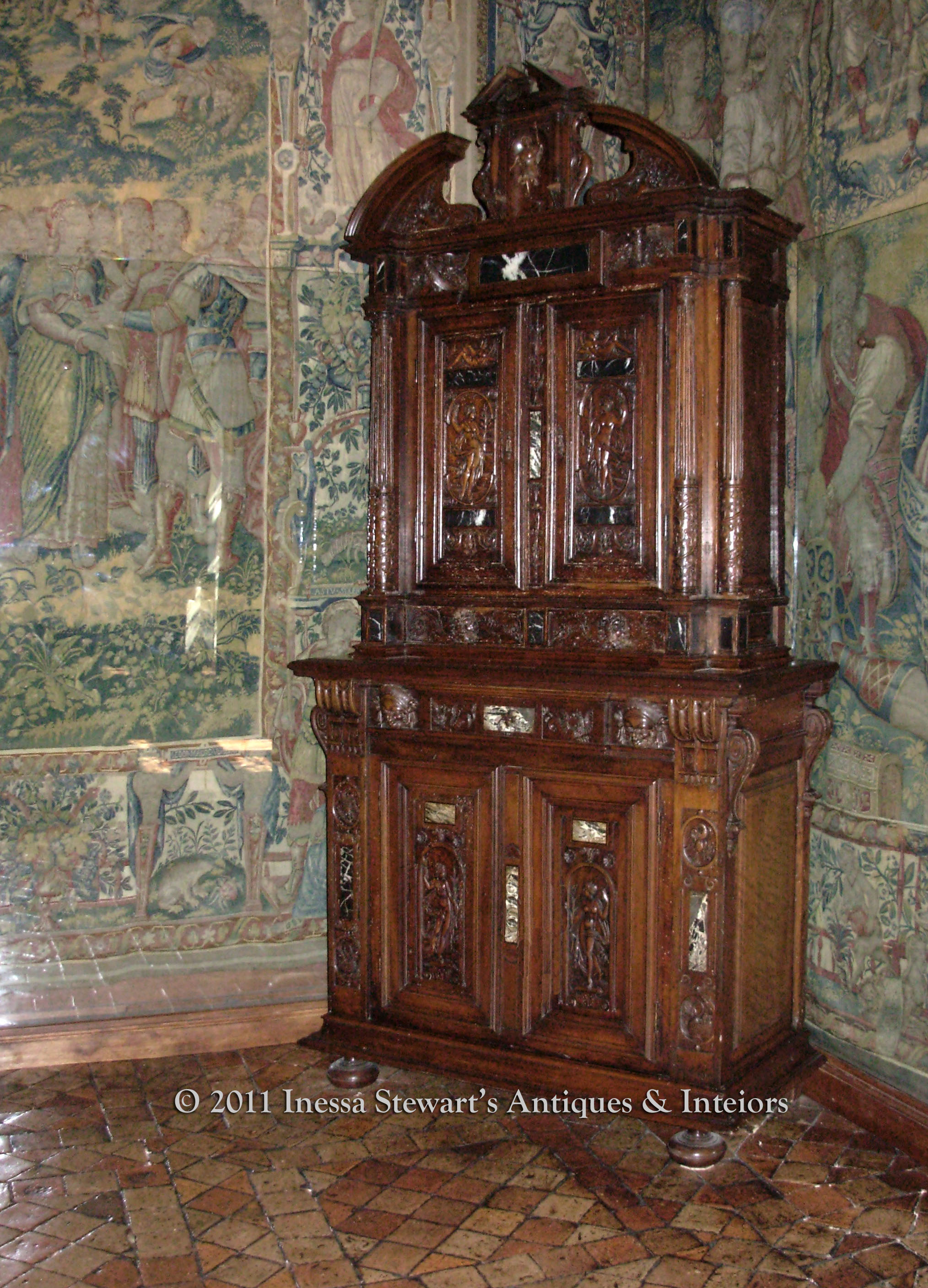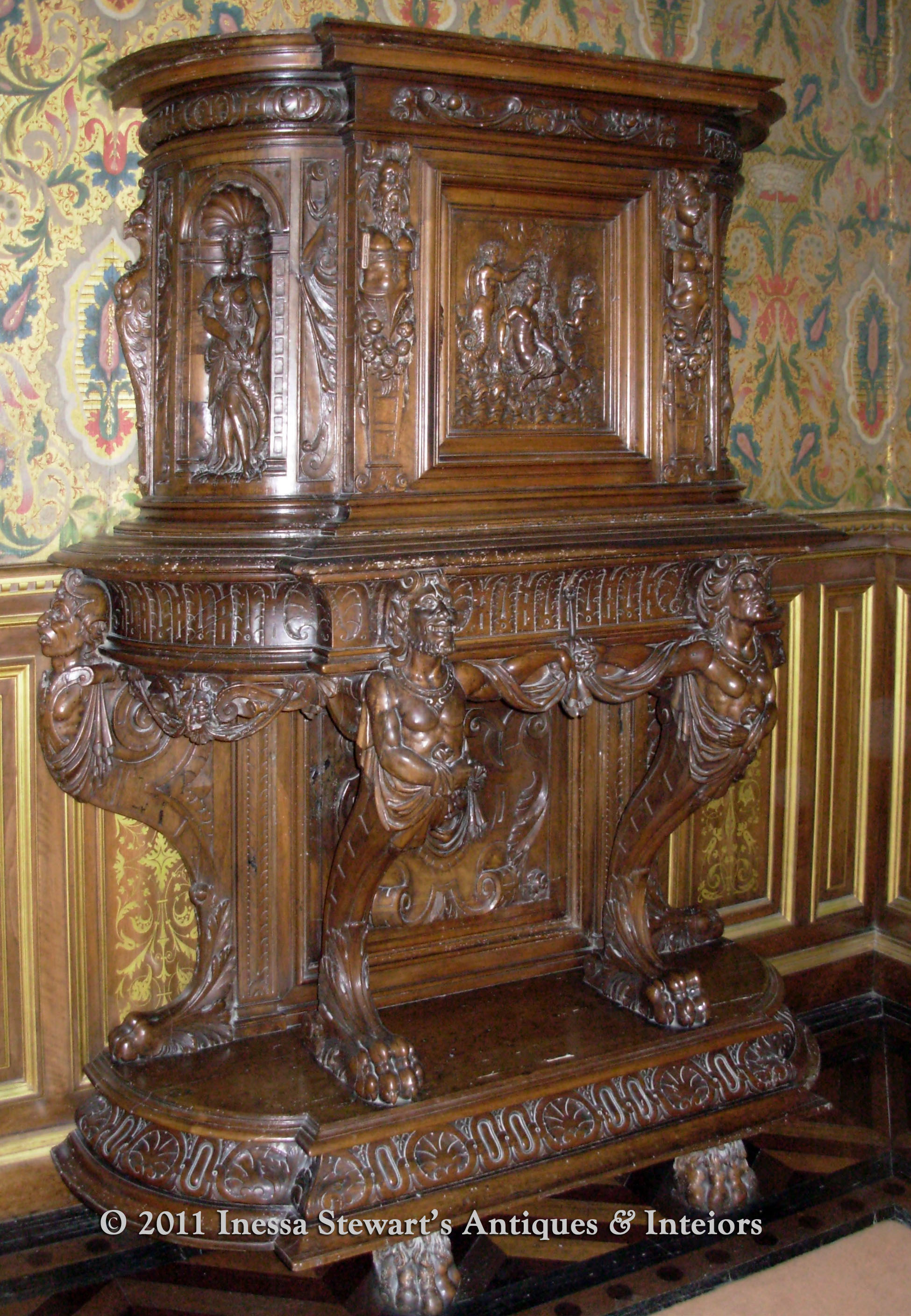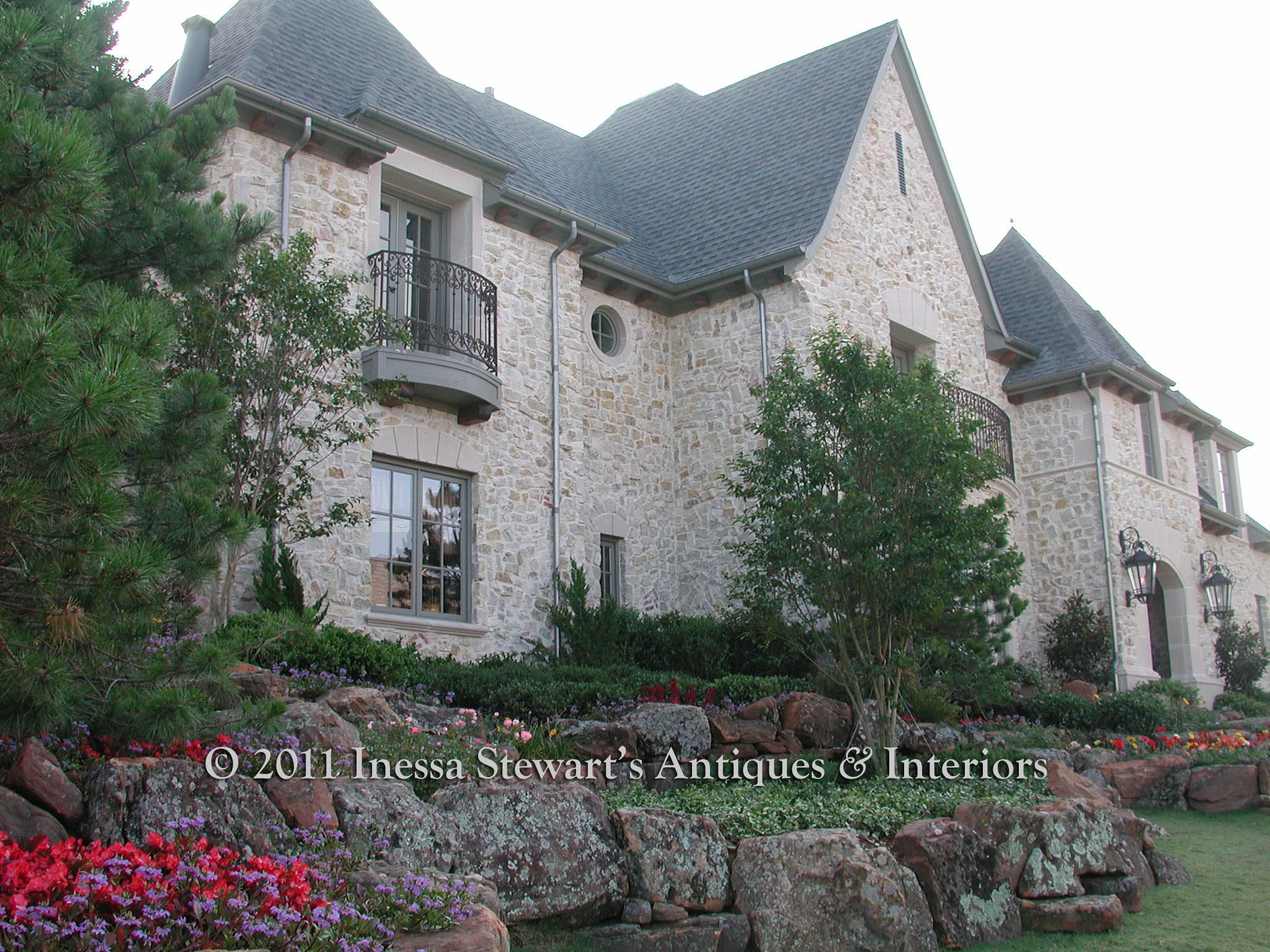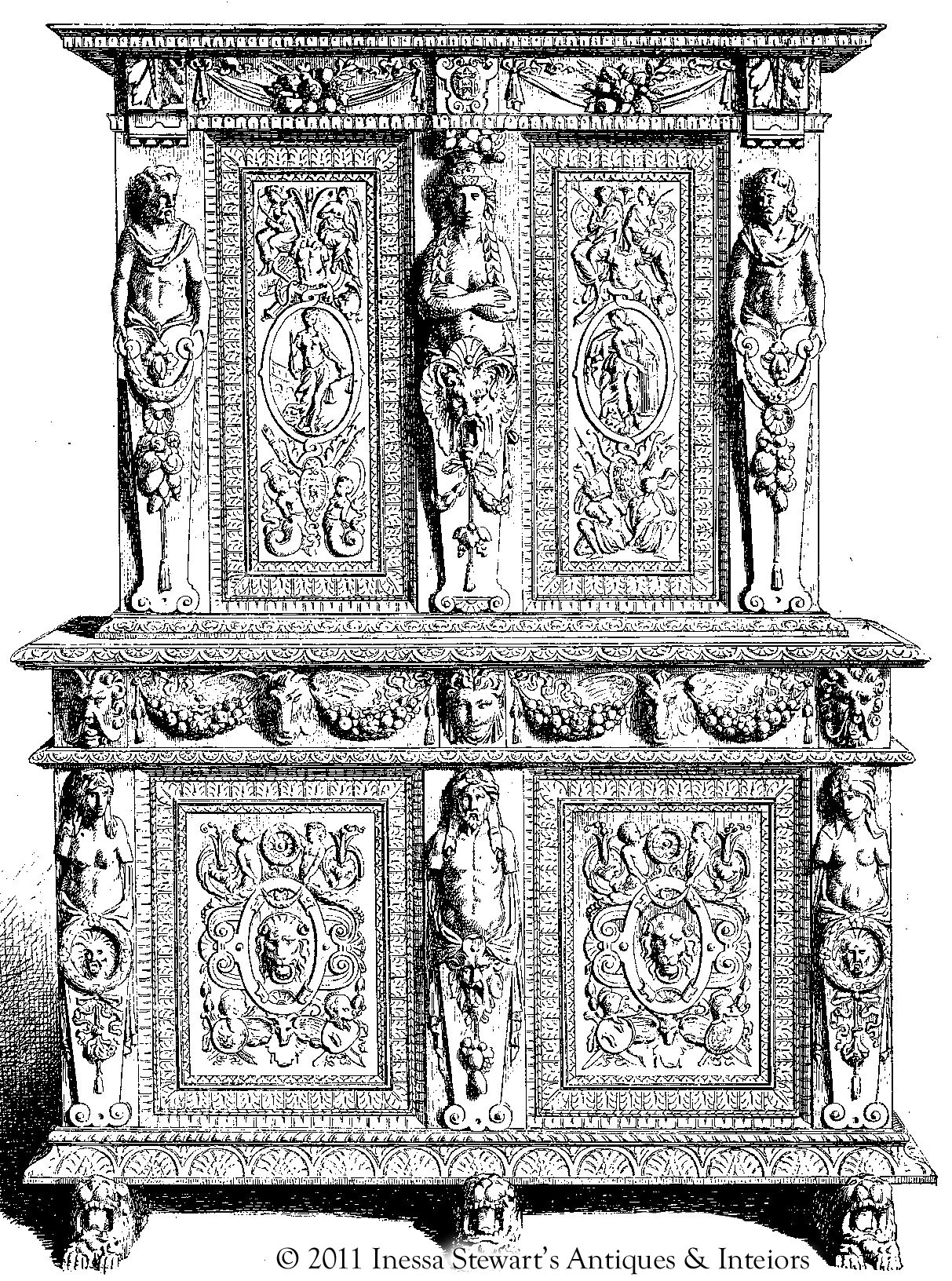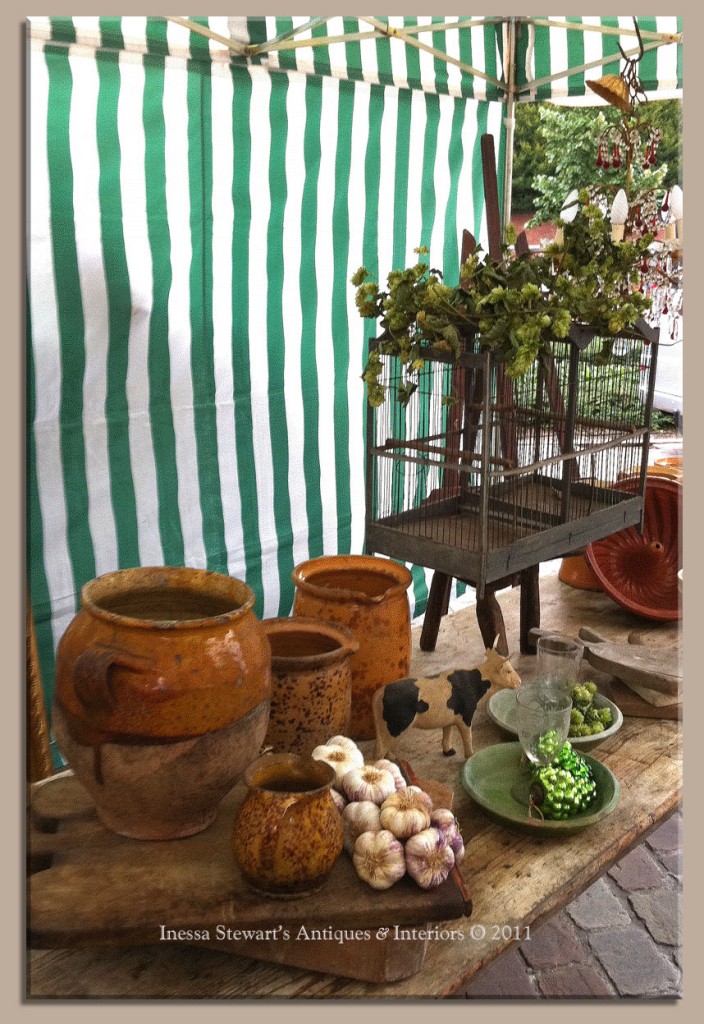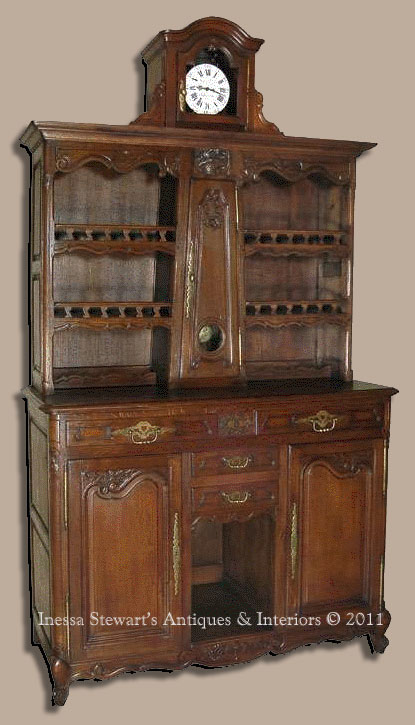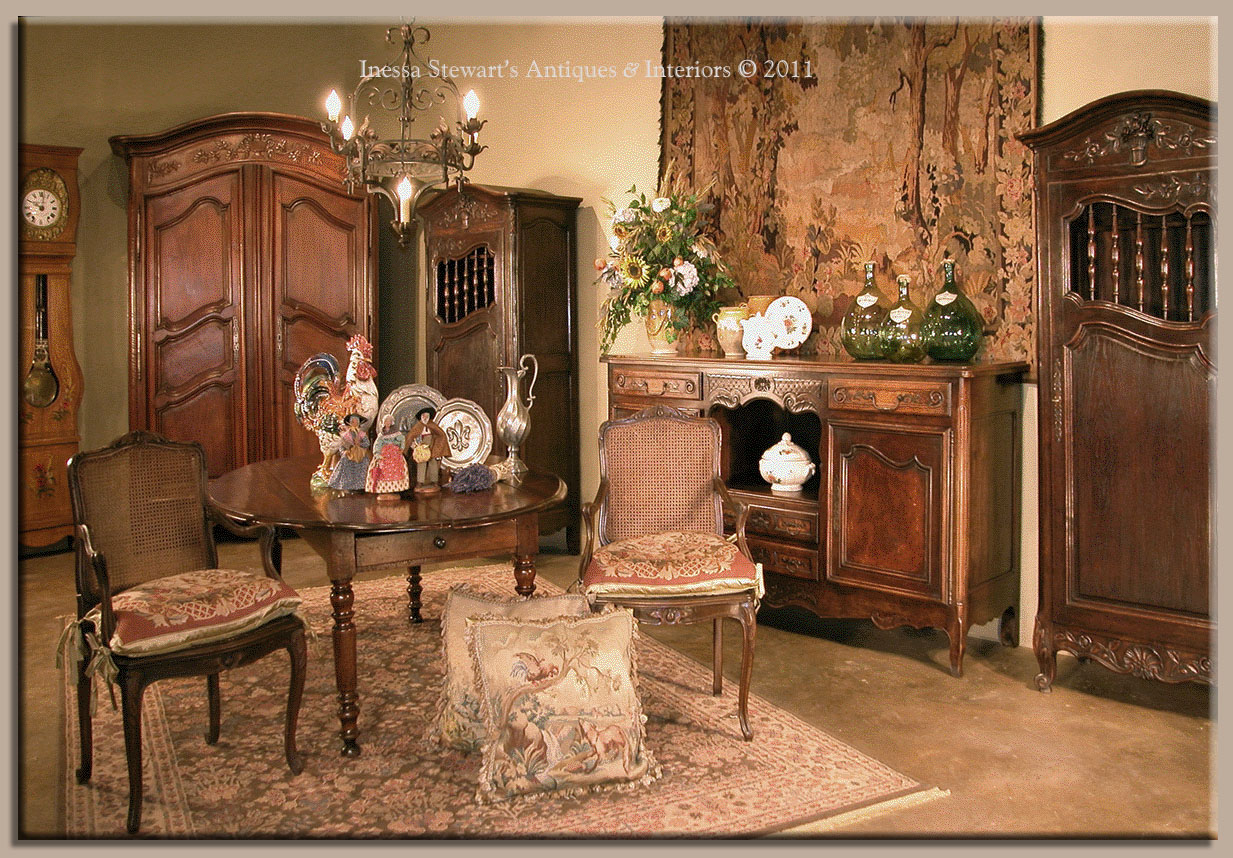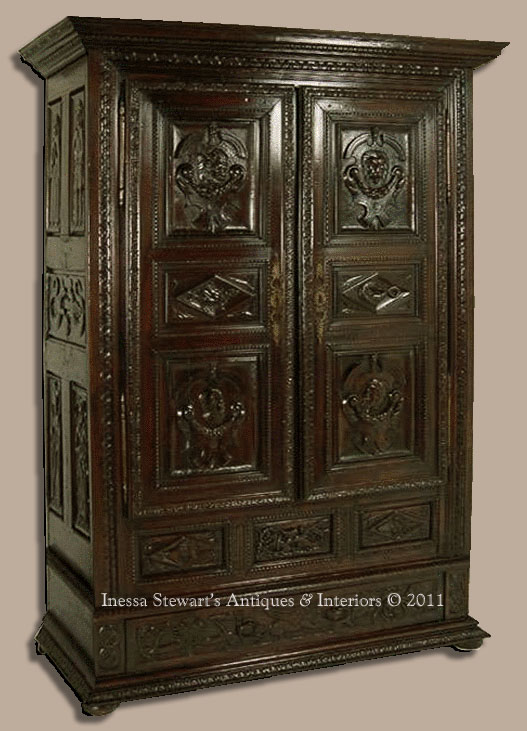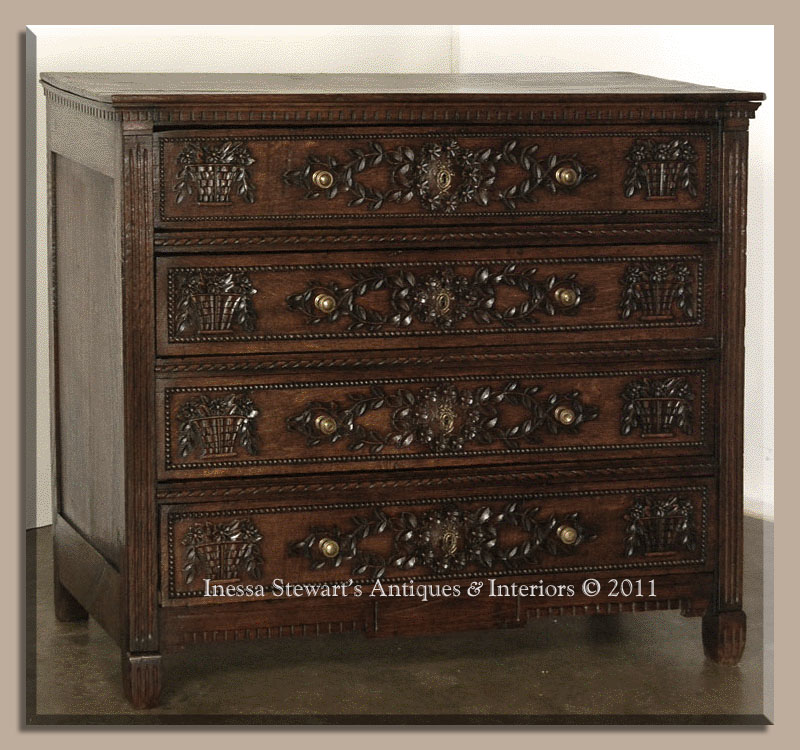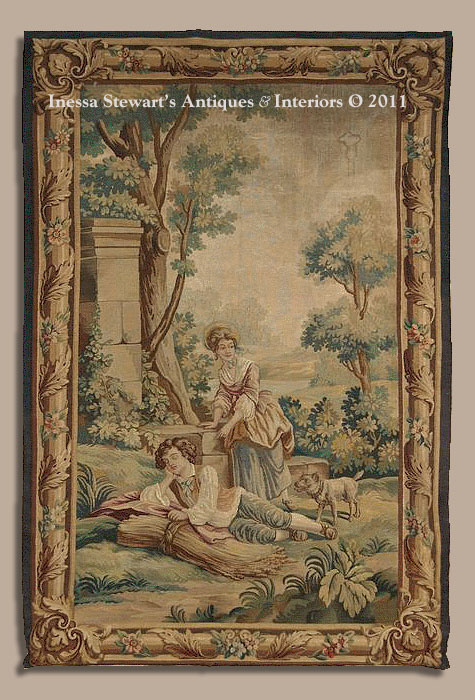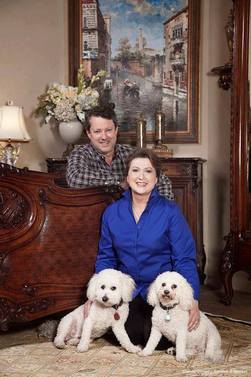 For decades the antique armoire has reigned supreme over all other antique furniture types in dominating a room’s visual impact, providing the primary function for furniture in the room, and serving as the focal epicenter for all other aspects of the room’s design. In recent years, however, a
For decades the antique armoire has reigned supreme over all other antique furniture types in dominating a room’s visual impact, providing the primary function for furniture in the room, and serving as the focal epicenter for all other aspects of the room’s design. In recent years, however, a  strong contender for the antiques crown has gained prominence, and in many instances surpassed the armoire as the principal item of antique furniture. That contender provides a diversity, adaptability, and range of style that the antique armoire can never approach. That contender is the buffet.
strong contender for the antiques crown has gained prominence, and in many instances surpassed the armoire as the principal item of antique furniture. That contender provides a diversity, adaptability, and range of style that the antique armoire can never approach. That contender is the buffet.
The lowly trunk was the first cased furniture, appearing relatively recently in the history of western civilization, and was basically a way to enclose personal items for transport and storage. At some point it was realized that adding legs to the trunk made it easier to access, and shortly after, providing doors on the façade made for even easier access than raising the lid. Voila ~ the buffet.
Buffets have evolved into such an incredibly diverse entity that they are being found in virtually all rooms in home and office applications. Their ability to provide a surface for display or serving as well as simultaneously store valuable or useful items with style, makes them the obvious choice for an incredible number of design requirements.

.
.
To talk about the variations in style of the buffets available today would require a reference volume the size of a dictionary! Every distinct style that has been born in the various countries of Western Europe can be found with relative ease, and the variety of styles is mind-boggling. From elegant yet simple Country French designs to exquisitely intricate Gothic works that are amazing in their complexity, to works of art in the Renaissance style that glorify heaven, earth and mankind, to Baroque and Rococo masterpieces that take the sensuous form to its apex ~ buffets come in a dizzying myriad of styles. Often when selecting a buffet one is faced with the dilemma of too many choices, rather than a lack of options.
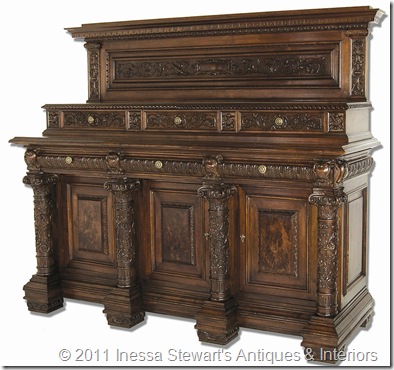
The most obvious application for the buffet is the dining room. Atop the buffet one can place seasonal decorations, heirlooms and other decorative items. The top can be cleared for serving food items, as buffets are usually designed to be the perfect height for serving from a standing position. Above the buffet one can place a mirror to decoratively enlarge the room, or a painting, a grouping, or perhaps a tapestry.

Another obvious application is the foyer. For the various reasons upon which this article elaborates, buffets are excellent choices when compared to consoles or chests of drawers. Aside from the vastly superior variety of buffets available to match size and décor requirements, the buffet provides excellent storage, suitable for seasonal items and heirlooms that need to be stored in the conditioned area of the house, not the attic.
.
.
Noted designers such as renowned authors Charles Faudree and Betty Lou Phillips are increasingly using buffets instead of chests of drawers in every room, including the bedroom. The buffet is superior to the chest of drawers in three distinct ways. One is its space utilization. Whereas a chest of drawers devotes significant internal volume towards the wood that comprises the drawers and framework/guides around those drawers, the buffet is unencumbered.

The second distinct advantage of the buffet over the chest of drawers is its superior variations in style, size and shape. Buffets have continued to evolve over the centuries into single, double, triple~ up to five or six-door models. They are available in narrow, medium, large and huge widths. They are available as corner units to utilize an oft-wasted space. A third advantage is that buffets frequently are available with a companion piece, such as in a matched pair or the more common buffet/dessert buffet combination.

For the office, buffets make a great choice as credenzas, housing paperwork, archive files, office supplies, and even fax machines and internet devices.
 For the bathroom, custom vanities have become the norm for designers looking for unique and interesting visual appeal. Designers that choose antique buffets create an incredible focal point that is at once beautiful and functional. Buffets are easy to retrofit with sinks and plumbing because of the uncluttered nature of their interiors. That same feature allows infinite storage possibilities for toiletries and sundries.
For the bathroom, custom vanities have become the norm for designers looking for unique and interesting visual appeal. Designers that choose antique buffets create an incredible focal point that is at once beautiful and functional. Buffets are easy to retrofit with sinks and plumbing because of the uncluttered nature of their interiors. That same feature allows infinite storage possibilities for toiletries and sundries.
For the family room, the inherent versatility of the buffet also applies to the 21st century lifestyle. The advent of flat panel televisions has made it much easier to enclose these devices in beautiful armoires, which is a tried and true decorating trick. However, television screens have become quite large of late which yet again reduces the number of armoires adequate for the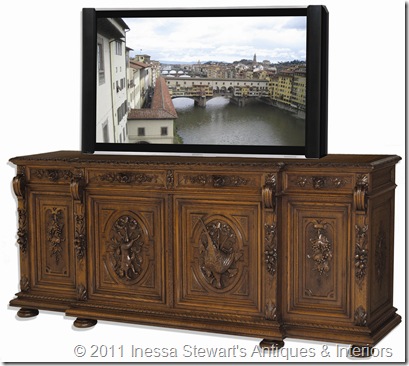 task.
task.
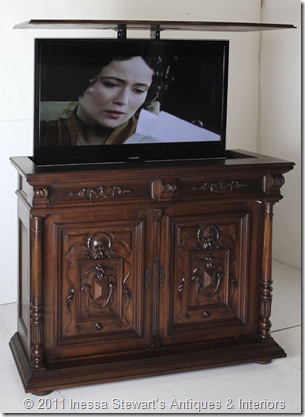
.
.
.
Unlike any other cased furniture, buffets provide a surface that gives a decorator an endless palette of design possibilities. All of the qualities we’ve mentioned make it a cinch to match any décor with a complementary buffet and accessories that fit the space, serve the purpose, and establish the style for any given room. The armoire may have reigned supreme for a very long time, but perhaps it’s time for the contender to take the forefront for the 21st century.



